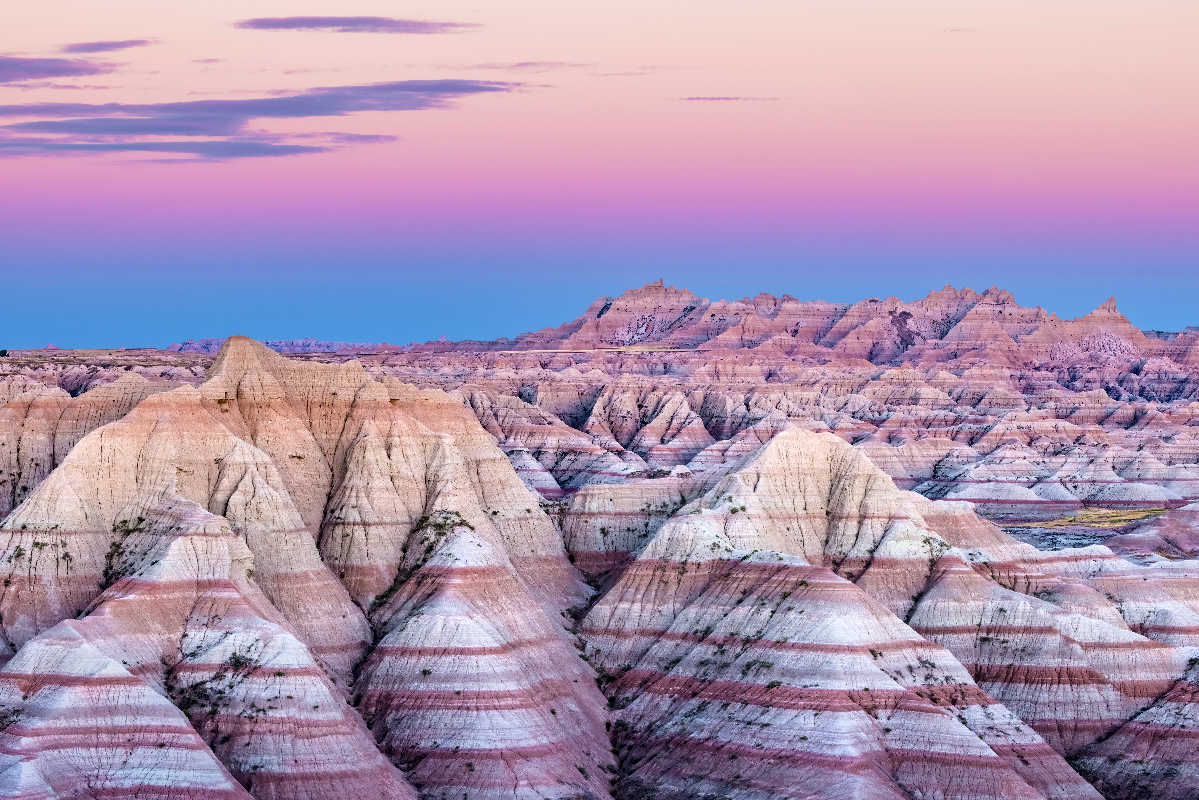Find Adventure at All 9 National Parks in the Midwest
When you think of a national park, the Great Smoky Mountains or the Grand Canyon likely come to mind. However, right in the heartland, the Midwest is home to nine national parks.
Some are near major cities, like St. Louis and Cleveland. Others are much more remote, in the badlands of the Dakotas and remote stretches of Minnesota hugging the Canadian border.
No matter where they are, they are some of the country’s most captivating national parks, each offering a unique and immersive experience in the heart of America’s heartland.
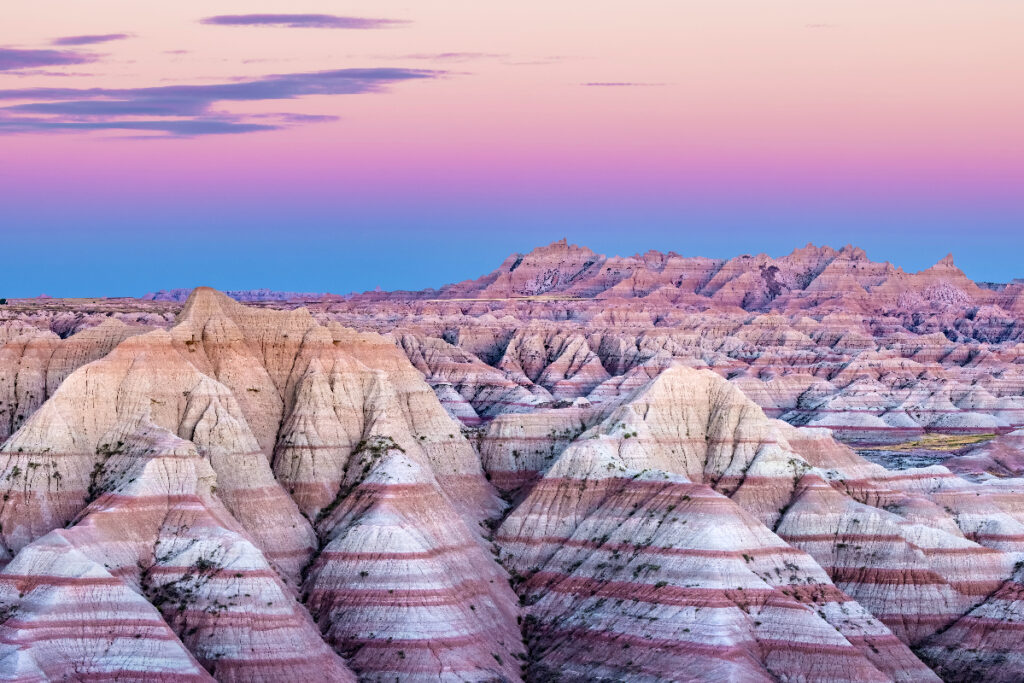
Exploring Midwest National Parks
It helps to start with some definitions. First, what is a national park? As of April 2024, the National Park Service (NPS) has 429 “units,” which include designations like national parks, national monuments, and national lakeshores. Just 63 of those are national parks.
The National Park title is the most prestigious of the group, generally covering large pieces of land and/or water to preserve and protect natural and cultural resources.
For example, Lake Superior is home to the Apostle Islands National Lakeshore of Wisconsin, Isle Royale National Park of Michigan, and Pictured Rocks National Lakeshore of Michigan. All are NPS units, yet just one is a national park.
Second, we must define what the Midwest is, and for that, we stick with the NPS designation of 13 states. Trigger warning — that does include Arkansas.
We’ll start with the nine national parks in the Midwest and then jump into some of the other 60+ places worth seeking out.
Badlands National Park | South Dakota
Initially prosed as Wonderland National Park, the Badlands of South Dakota are named for the Lakota and French translation of “bad lands to travel.” The highly erosive rock and arid climate over millennia formed the haphazard and intimidating formations, yet the park also protects mixed grass prairie.
Miles of prairie dog trails weave underground across the prairie, while the only traffic you’ll face is when a bison and 50 friends can’t be bothered to get out of the road. Badlands National Park is an easy stop off I-90 on the way to or from Mount Rushmore.
Cuyahoga Valley National Park | Ohio
You could fit 16 Cuyahoga Valley National Parks into Great Smoky Mountains National Park. Cuyahoga Valley shares a lot of traits with the Smokies while still being tucked between Cleveland and Toledo.
The natural beauty of the Cuyahoga River and its surrounding landscapes are preserved here with a backdrop of industrial heritage. Whether you choose to hike to Brandywine Falls, ride the Cuyahoga Scenic Railroad, or paddle your way back to Cleveland, there’s something for everyone at Cuyahoga Valley National Park.
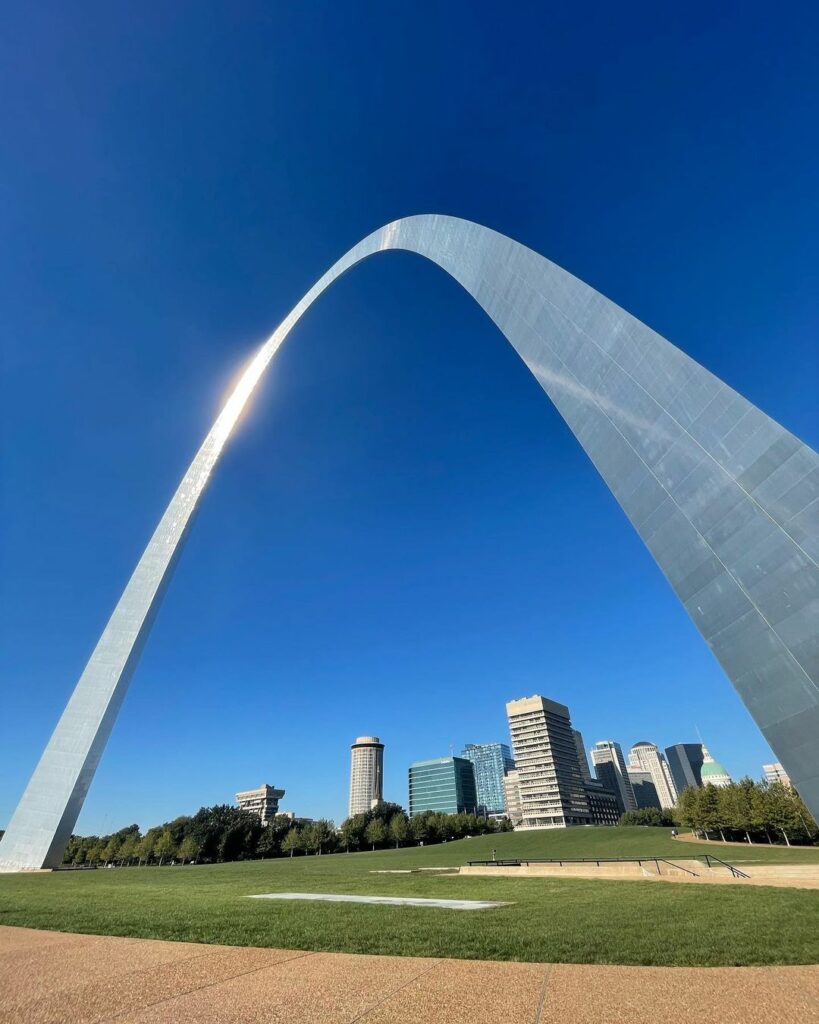
Gateway Arch National Park | Missouri
As the smallest national park, some might question how a human-designed monument barely covering 91 acres is worthy of comparison to places like Yellowstone and Yosemite. While it’s not the typical national park, the Gateway Arch is the tallest U.S. monument, standing 630 feet tall. That’s twice as tall as the Statue of Liberty.
Visitors can ride the pods to the top of the arch to get a view of downtown St. Louis or across the Mississippi River into Missouri. An extensive museum tells the history of westward expansion. The Old Courthouse is the location of the Dred Scott Decision, which fueled the slavery debate leading up to the Civil War.
The transition of the Jefferson National Expansion Memorial into Gateway Arch National Park is the largest public/private collaboration in National Park Service history.
Hot Springs National Park | Arkansas
Before Gateway Arch became a national park in 2018, Hot Springs National Park in Arkansas was the smallest at 5,500 acres. What many people don’t realize is that the request to conserve the hot springs and surrounding land came 40 years before Yellowstone. However, it would be 89 years before that request was honored.
Today, Hot Springs National Park starts with a visit to Bathhouse Row, where eight historical buildings are open for tours. Two offer traditional bathing experiences made popular during the Gilded Age.
Beyond that, trails and scenic drives lead to different sections of the Zig Zag Mountains. An observation tower gives views over the mountains and Arkansas landscape, while the gorge and river provide access to 143-degree water that took 4,400 years to make it to the surface from 8,000 feet below.
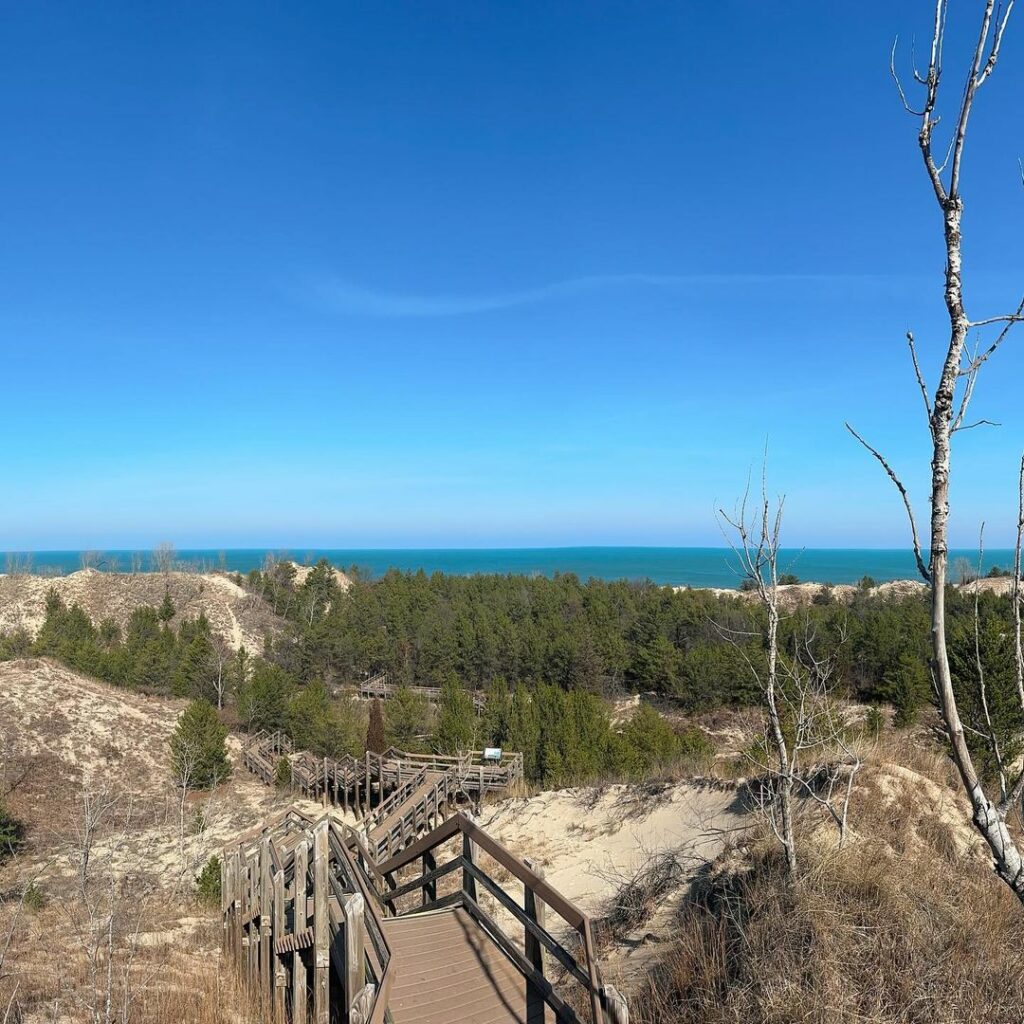
Indiana Dunes National Park | Indiana
Just an hour from Chicago, in the scoop of Lake Michigan across northern Indiana, this national park is more than just a day at the beach. The park’s towering sand dunes — some reaching nearly 200 feet in height — provide a unique landscape for exploration and adventure. Plus, not every Midwestern city can boast about having a beach.
Rich in biodiversity, Indiana Dunes National Park is home to over 350 species of birds and rare plants, including the endangered Pitcher’s thistle. Between the marsh, 15 miles of beach, and 50 miles of trails, you’ll get a unique experience that can be supplemented with a visit to Indiana Dunes State Park next door.
Note: Prior to 2019, this was a National Lakeshore.
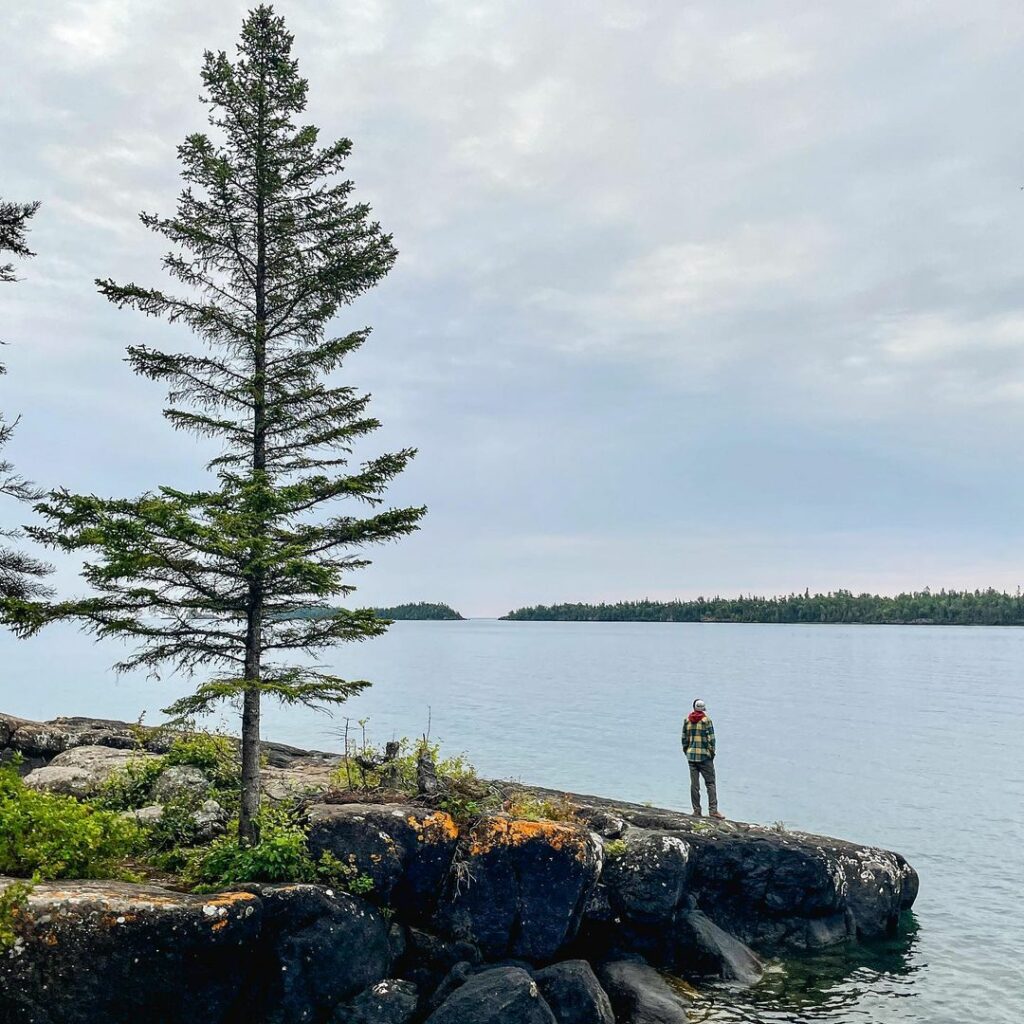
Isle Royale National Park | Michigan
The remote archipelago of Isle Royale National Park has over 400 islands, with the main island being pure wilderness without roads or trails. The park sits off the Upper Peninsula, closer to Canada than any U.S. landmass. Access is only available by boat or seaplane, and the park is only open seasonally for visiting.
Two main ports on the island are Windigo and Rock Harbor, with ferries and charter boats offering scenic rides, lighthouse tours, and daily access. The park is 75% water, with paddling options between the various islands ranging from easy rides to challenging currents. Divers can explore shipwrecks, and experienced hikers can take the strenuous 40-mile hike across Isle Royale.
While it’s known as one of the “least visited national parks,” Isle Royale ferry rides book up quickly, so plan well ahead of your trip. Also, there’s nothing fancy about how you say this name – it’s “I’ll ROY-uhl,” not “I’ll roy-AHLE.”
DID YOU KNOW? Michigan was the location of the second national park in America. Just three years after Yellowstone National Park was established, Mackinac National Park followed. Twenty years later, the federal government let the state take over. It’s now Mackinac Island State Park.
Theodore Roosevelt National Park | North Dakota
Come explore the land that President Theodore Roosevelt treasured, famously saying, “It certainly has a desolate, grim beauty of its own that has a curious fascination for me.”
Theodore Roosevelt National Park is split into two sections — a north unit and a south unit — with Dakota Prairie Grasslands between them. You’ll find yourself whistling “Home on the Range” as you watch hordes of bison meander through the fields. Plus, you get some of those sensational badlands in varied interactions this far north.
Each park unit has a scenic drive and plenty of trails that thread up and down badland formations. For a longer adventure, paddle the 107 miles of the Little Missouri River.
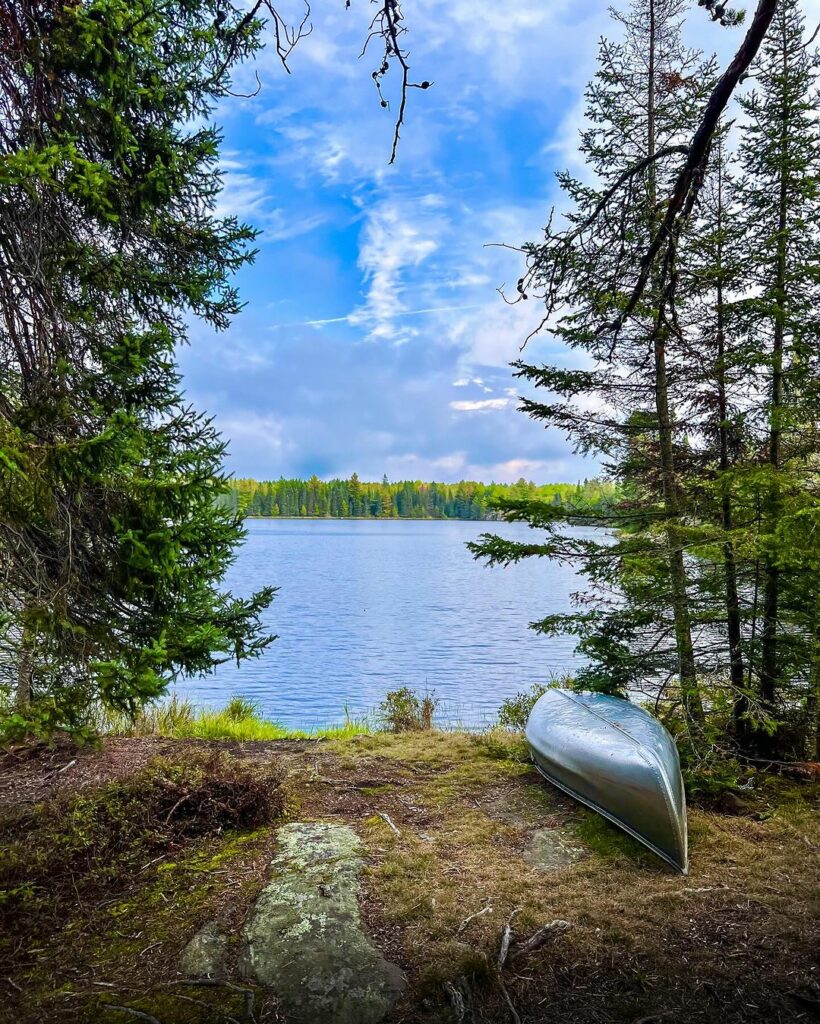
Voyageurs National Park | Minnesota
Named after the French-Canadian fur traders who navigated the land and water starting in the late 1600s, the park’s name holds onto that French spelling of the word.
Once you see the landscape, it’s hard to imagine how they navigated this mix of water, rocks, forests, and ledges, most of which become covered with ice and snow in the winter. Even today, you need a boat or paddle gear to get to the main access points of the peninsula.
Houseboats are popular in this park, especially since those who stay overnight get some of the best chances to see the Northern Light compared to most other national parks in the Lower 48.
Voyageurs is also the only International Dark Sky (National) Park in the Midwest, though 16 locations have the status. The only difference is the management entity, like the Forest Service, state, or local governments.
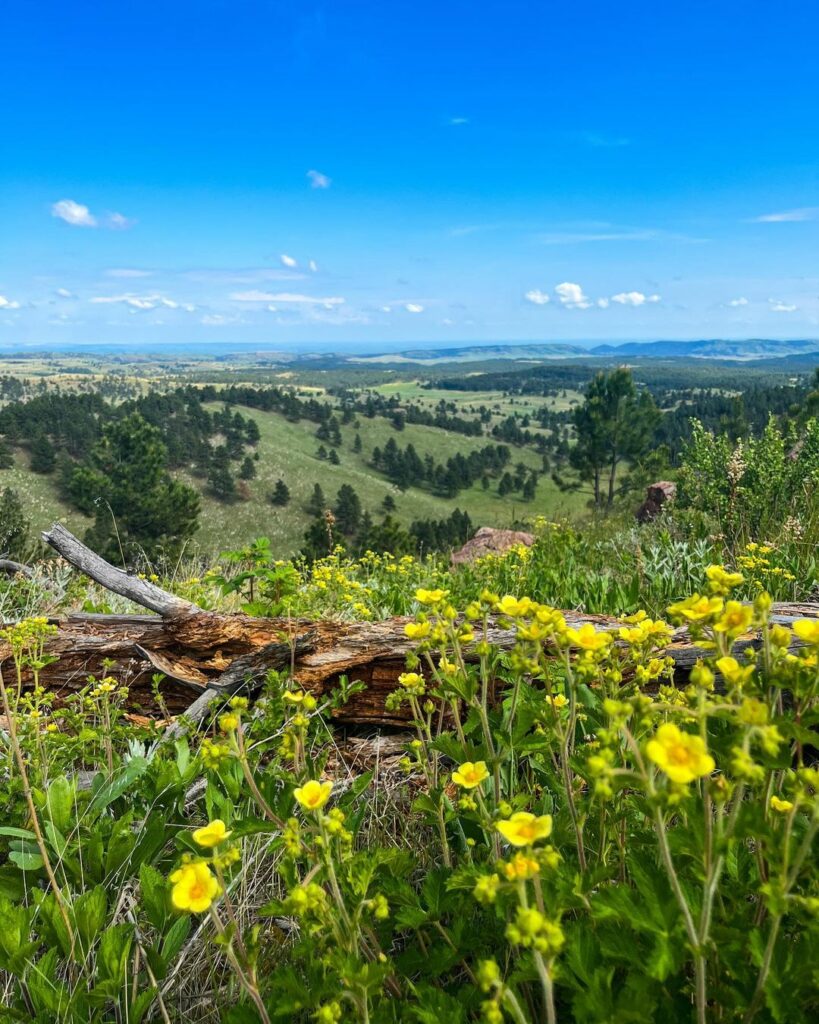
Wind Cave National Park | South Dakota
The Lakota believe that Wind Cave is the genesis of humans and animals, all arriving through the natural entrance that was first explored by settlers in 1881.
This is one of the longest and most complex caves in the world, known for its unique boxwork formations and intricate passageways. Access is available through guided tours to protect the delicate underground ecosystem.
Above ground, it’s like there’s a whole other park, including rolling prairies, ponderosa pine forests, and rugged canyons, providing habitat for a wide array of wildlife. Those popular bison herds and prairie dogs are abundant here.
The park’s rich history includes evidence of human presence dating back thousands of years and fossils 350 million years ago. Parlay this visit with a trip to Jewel Cave National Monument, just 30 minutes away.
DID YOU KNOW? While you’re at the visitor center, ask about the Fossil Cycad National Monument. Once managed by Wind Cave National Park, this unit protected the palm-tree-shaped fossil from 120 million years ago. Due to mismanagement, so many fossils were stolen the landscape had nothing left to preserve and was dismantled.
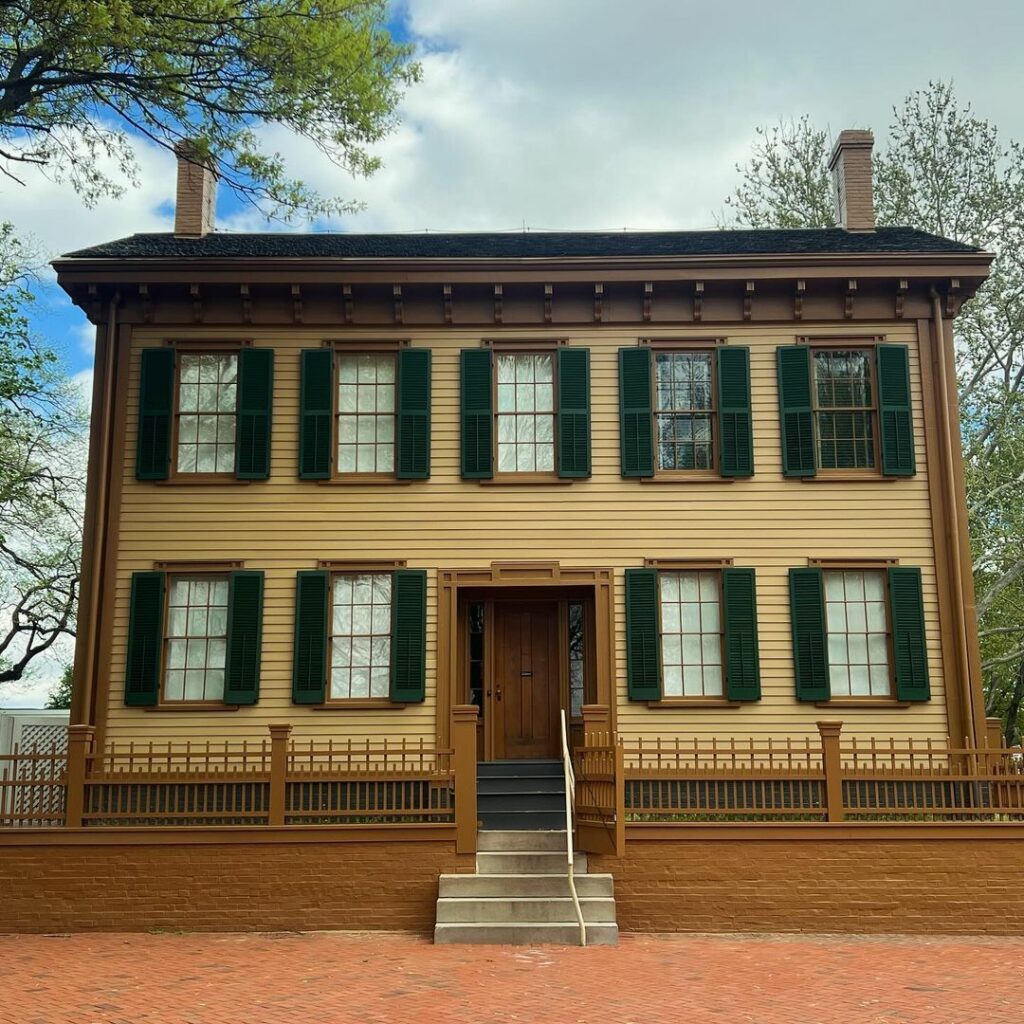
Other Midwest National Park Service Sites
In a state known for its flatness, Scotts Bluff National Monument in Nebraska brings some elevation to the adventure. Plus, you get to ride the famous Oregon Trail. For those who fancy fossils, check out the beardog and bison-sized swine at Agate Fossil Beds National Monument in nearby Harrison.
Apostle Islands National Lakeshore, located off the northern coast of Wisconsin in Lake Superior, is a breathtaking collection of rugged cliffs, stunning sea caves, and scenic views from land, boat, or kayak.
Illinois is home to New Philadelphia National Historic Site, an important part of African American History. Here, “Free Frank” McWorter bought the land and plotted a town, essentially buying his family out of slavery before the Civil War in 1836. The Lincoln Home National Historic Site in Springfield is nearby too.
Iowa has just two NPS units. First, the Herbert Hoover National Historic Site, where the future president spent the first 11 years of his life. Second, the Effigy Mounds National Monument is a collection of ancient earthwork created by at least 20 Native American cultures, serving as sacred ceremonial and burial sites.
The Future of National Parks in the Midwest
One reason national parks are so hard to establish is that Congress must approve them. Presidents have the power to establish national monuments, but those parks go through the congressional wringer.
Currently, several locations in the Midwest are being touted as strong contenders for the next national park. That includes Shawnee National Forest and the proposed Great Rivers National Park, both in Illinois. A plan to push the Driftless Area National Park in Wisconsin, Minnesota, Iowa, and Illinois was scrapped in mid-2023.
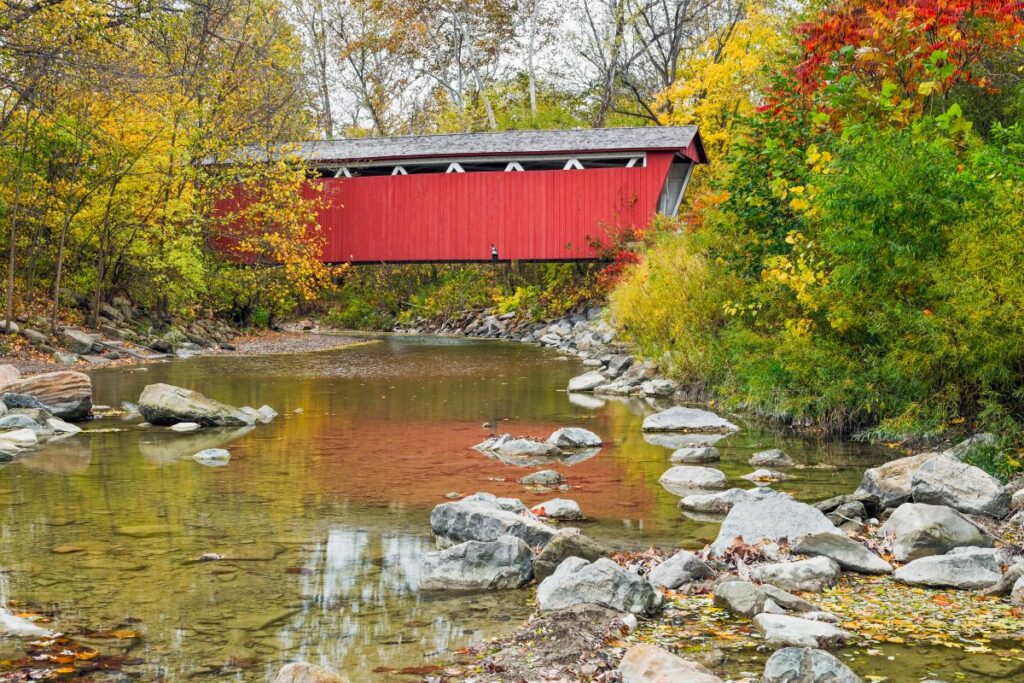
Visit Magnificent Midwest National Parks
Finally, one of the best ways to explore federal lands is with an interagency pass. For $80, the pass holder and a carload of people can get into more than 2,000 parks, forests, monuments, etc. And, if you have a fourth grader, they get a free national park pass the whole family can use.
We hope this gives you plenty of planning options for your next Midwest road trip and all kinds of time to ask important questions like — is Nebraska really the Midwest?

